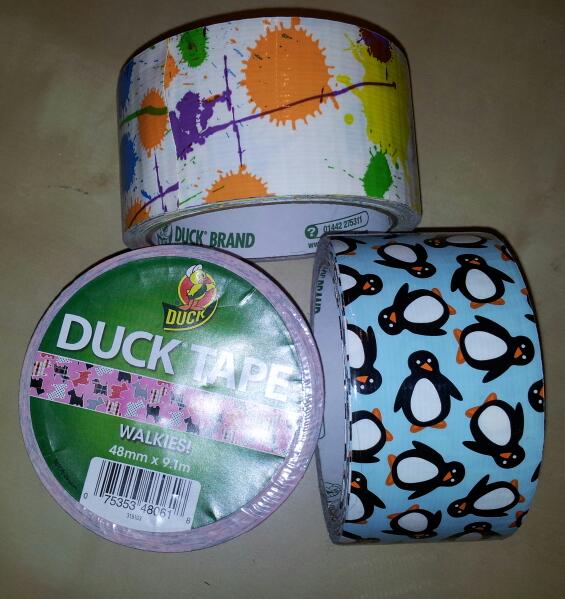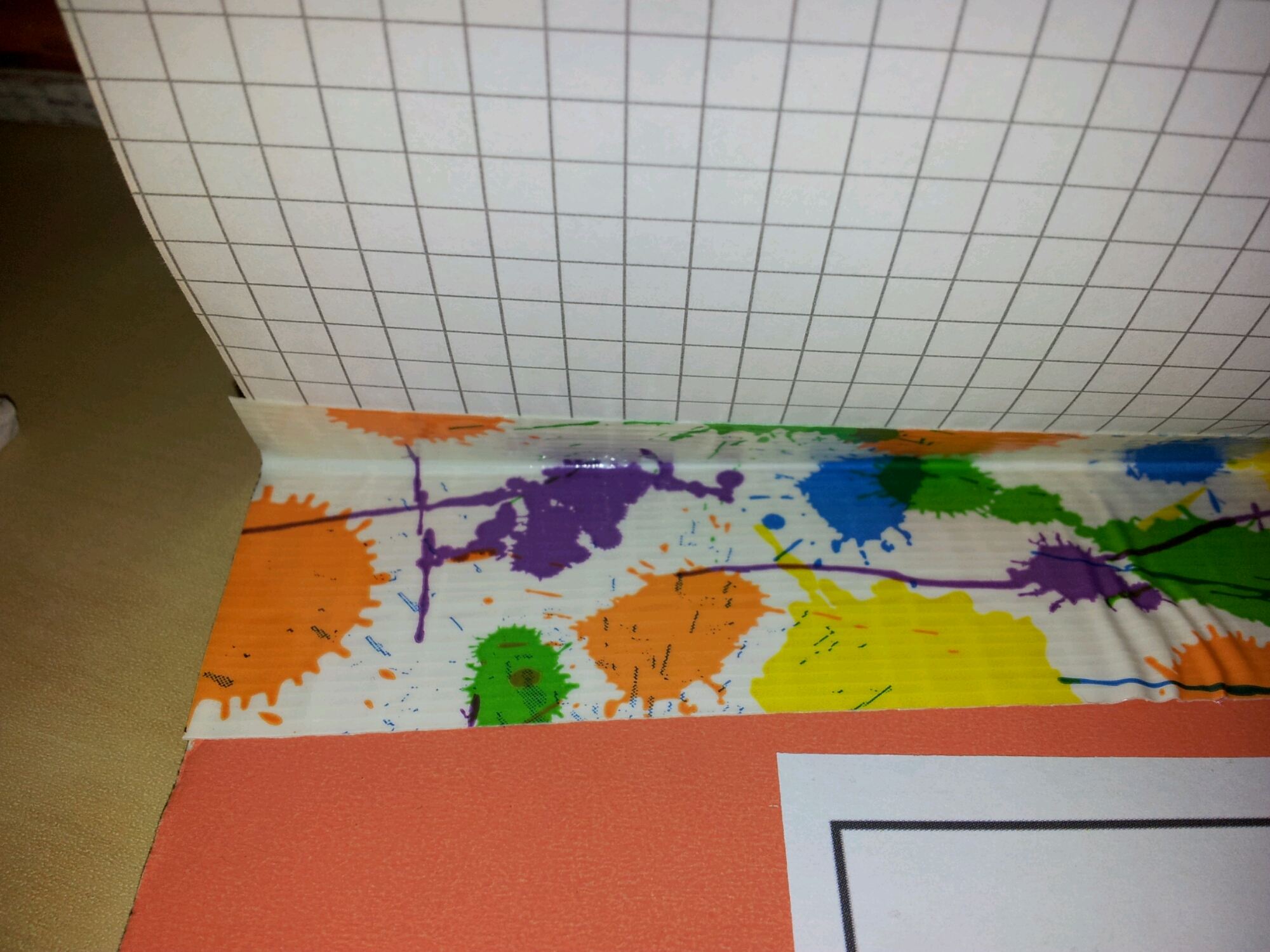Here’s a quick post for all those of you teaching Arithmetic Sequences. Whether you are teaching Level 3 Algebra or the C1 A-Level module, the jump from GCSE Nth term to the form ‘a + (n-1)d’ can be unnecessarily tricky. To help with this I’ve written a starter booklet for Arithmetic Sequences. You can download it here:
Introduction to arithmetic sequences
By the way, if your students confuse the vocabulary ‘sequence’ with ‘series’ get them to think about television. A normal television series ends, so an arithmetic series must end too!




